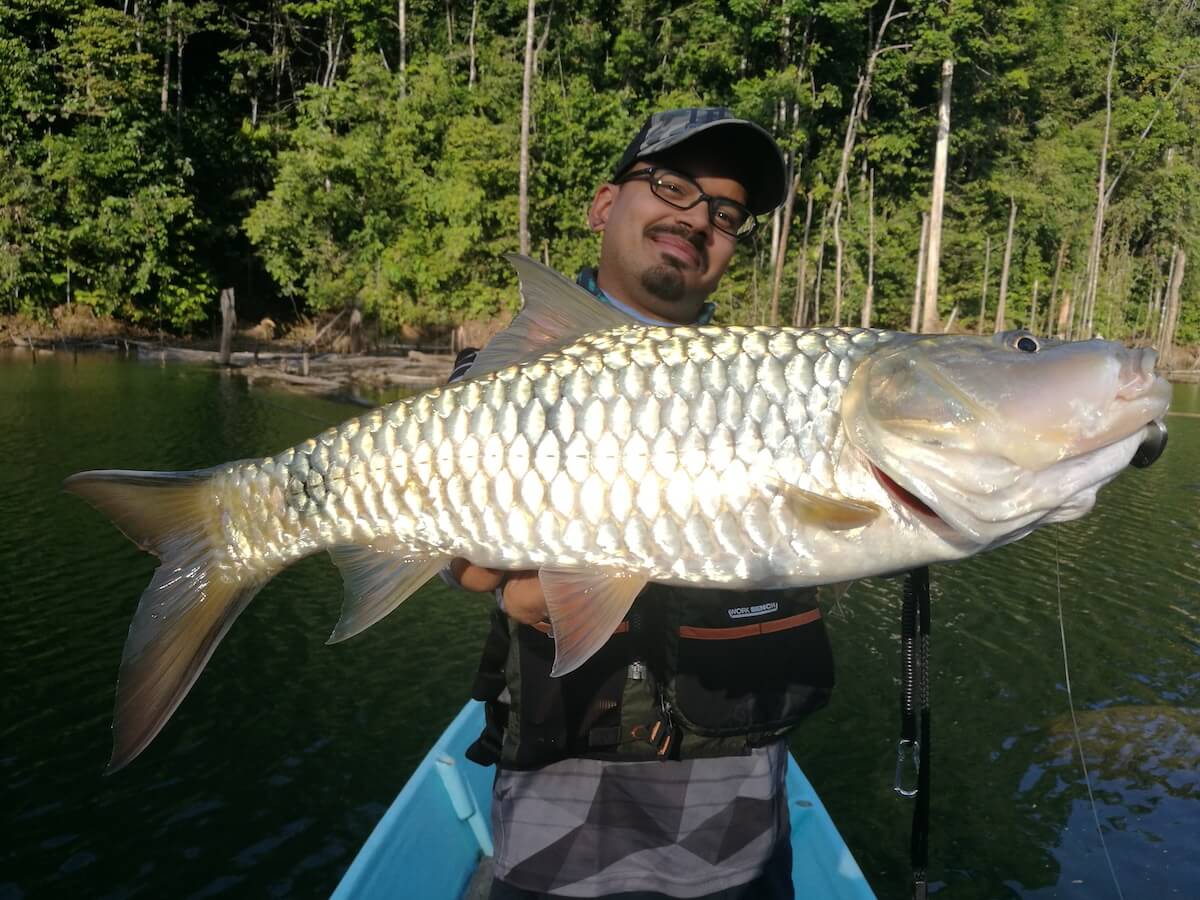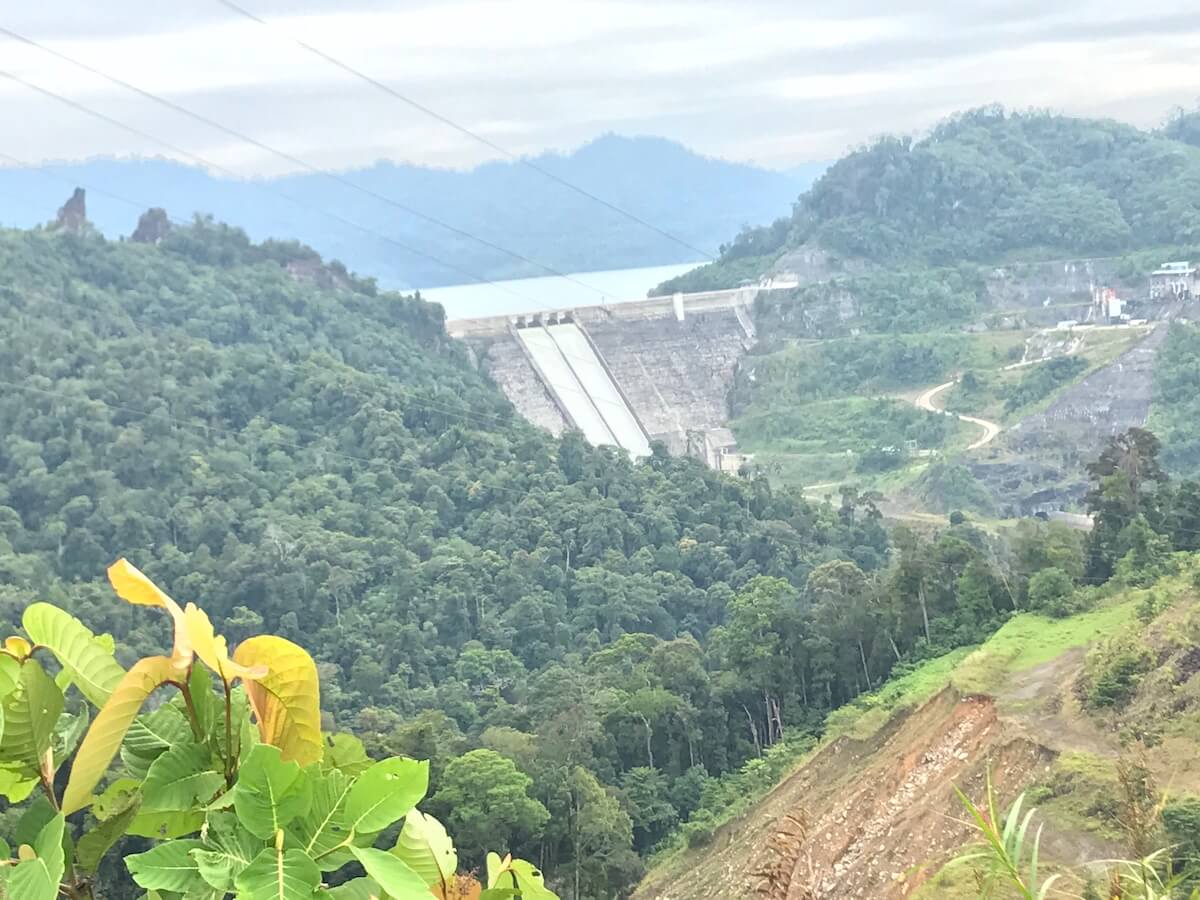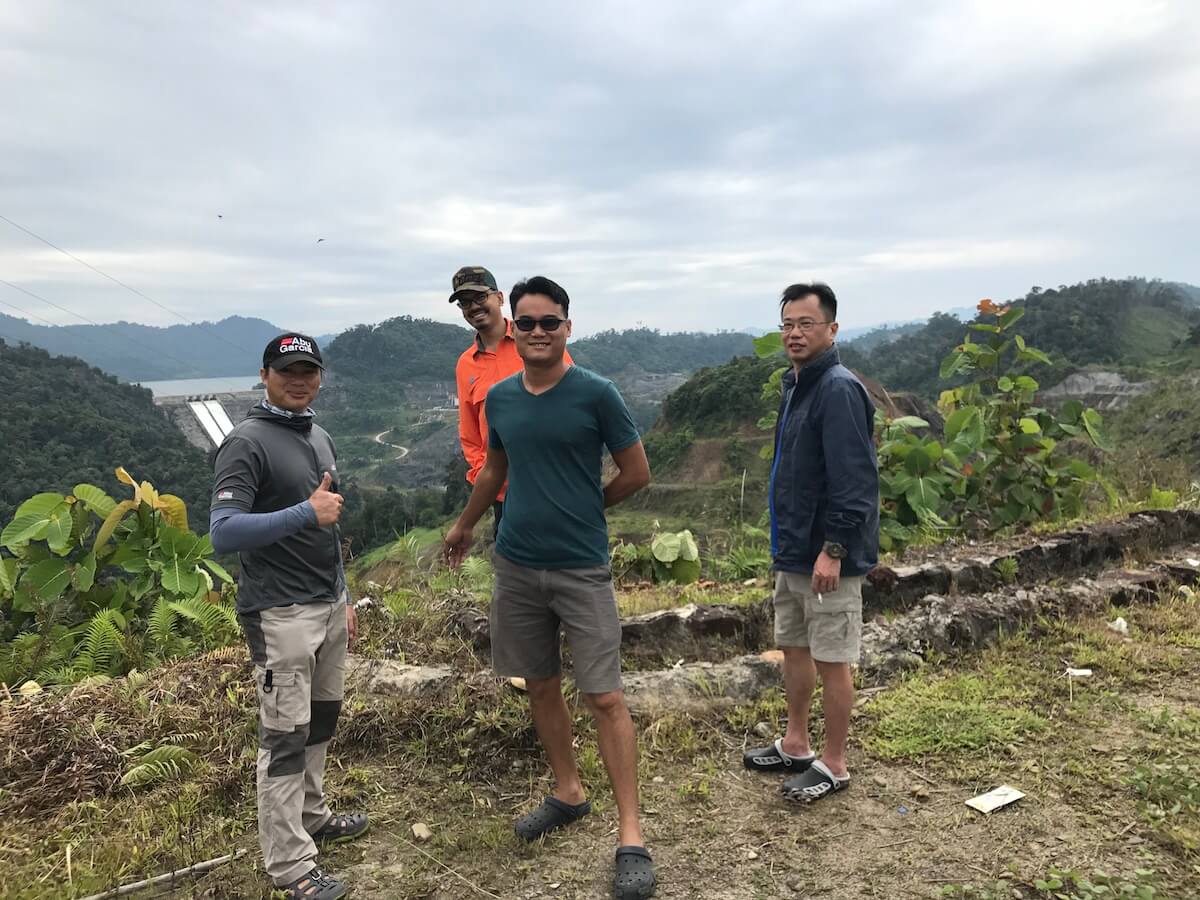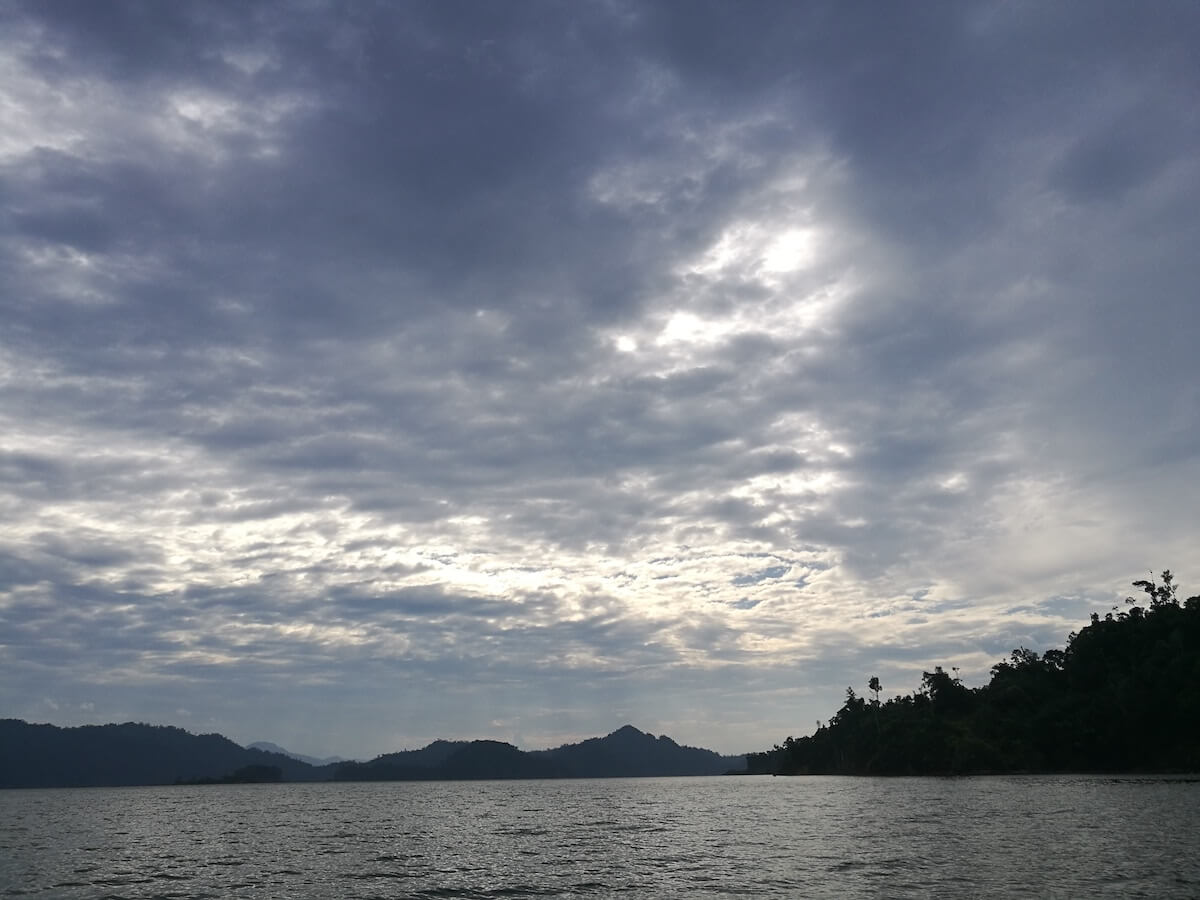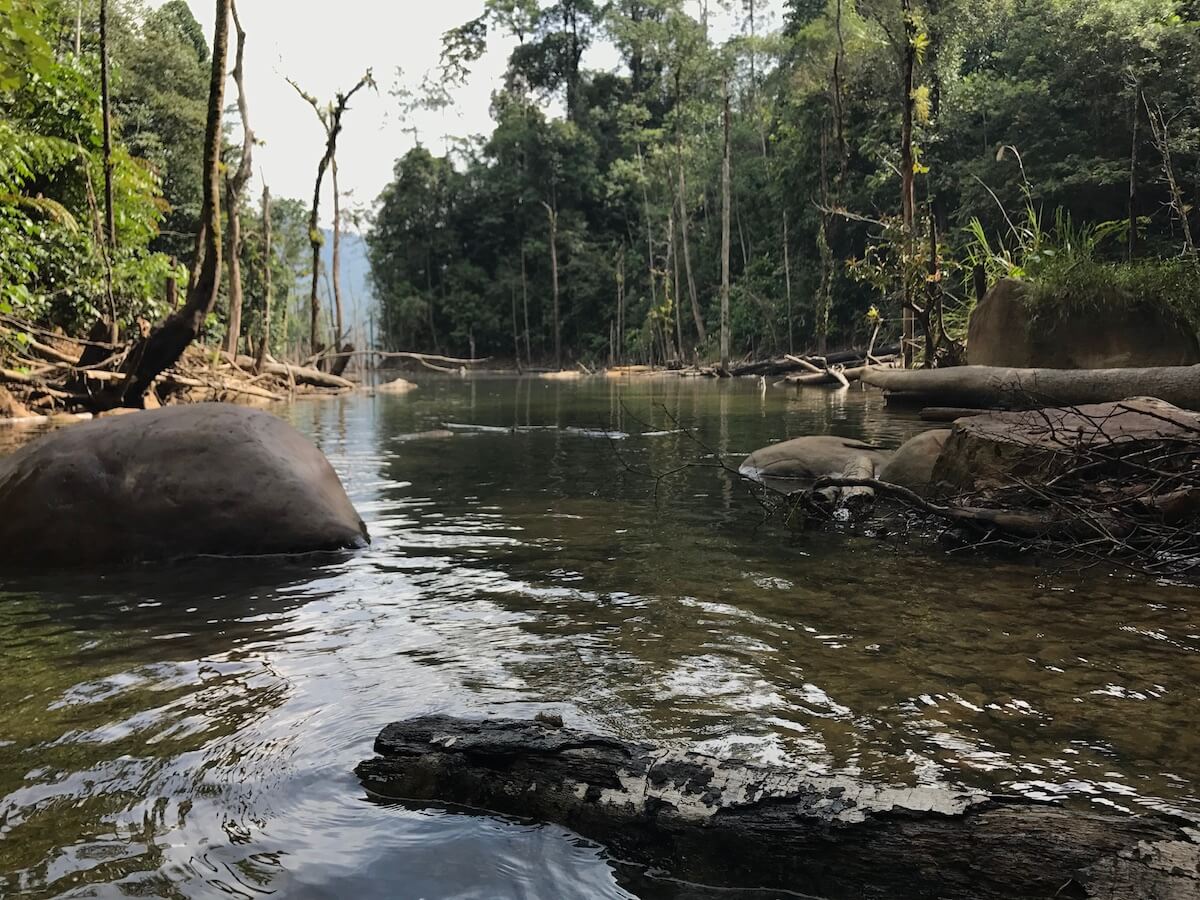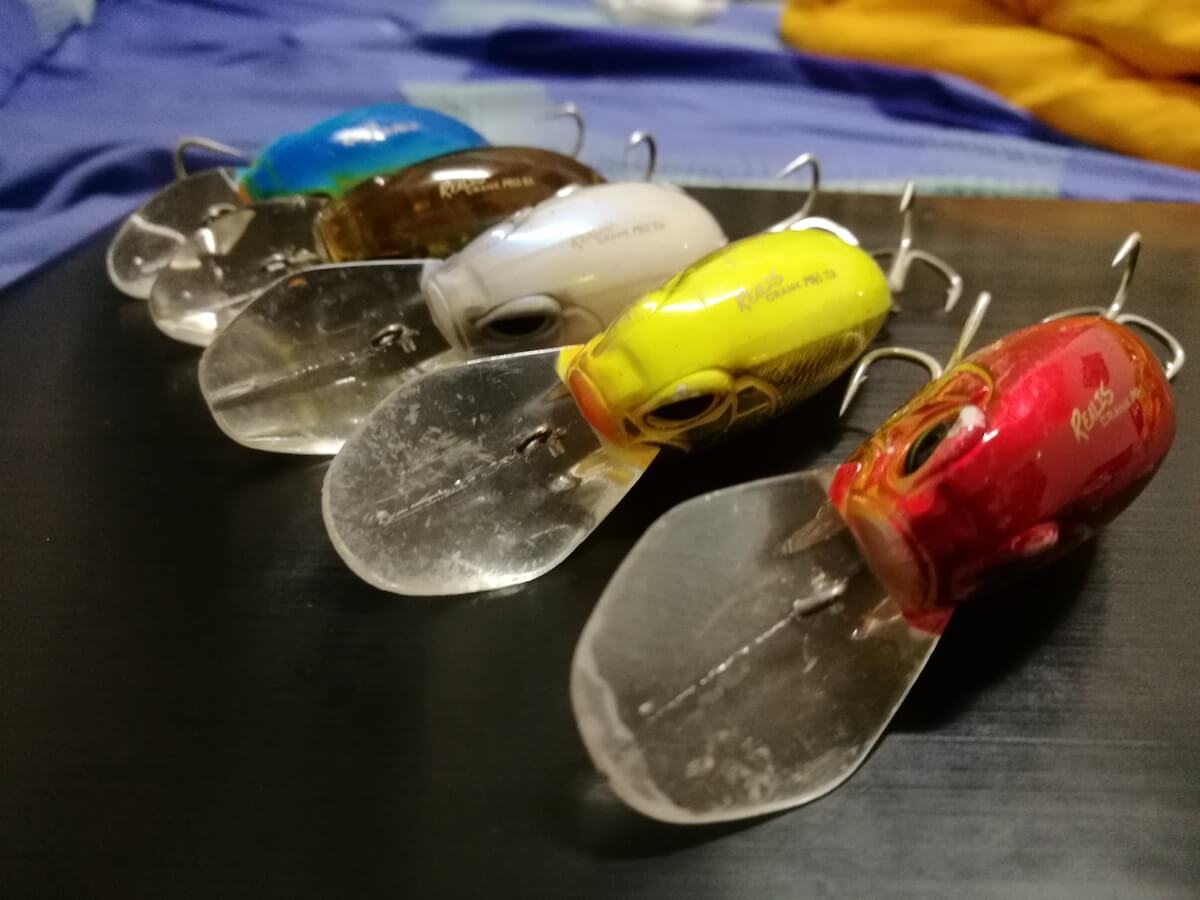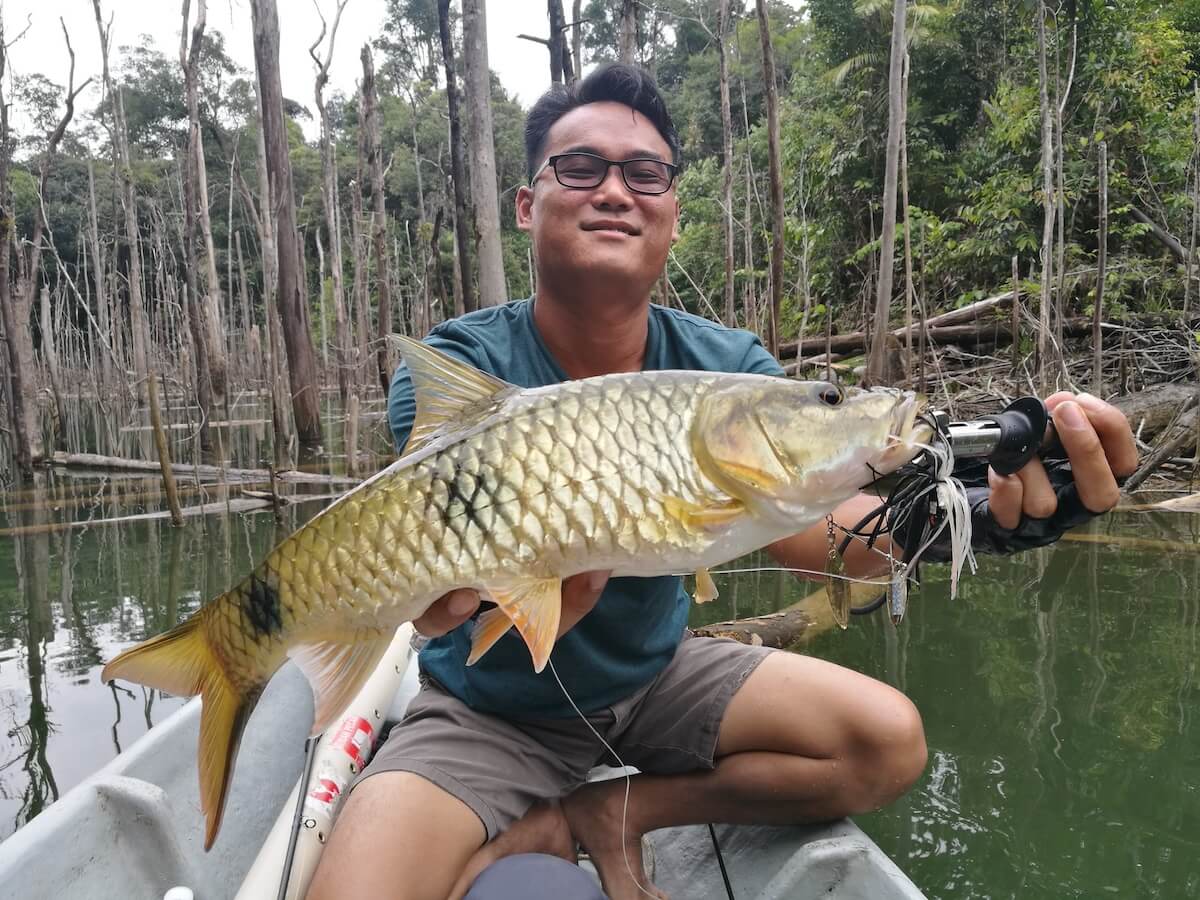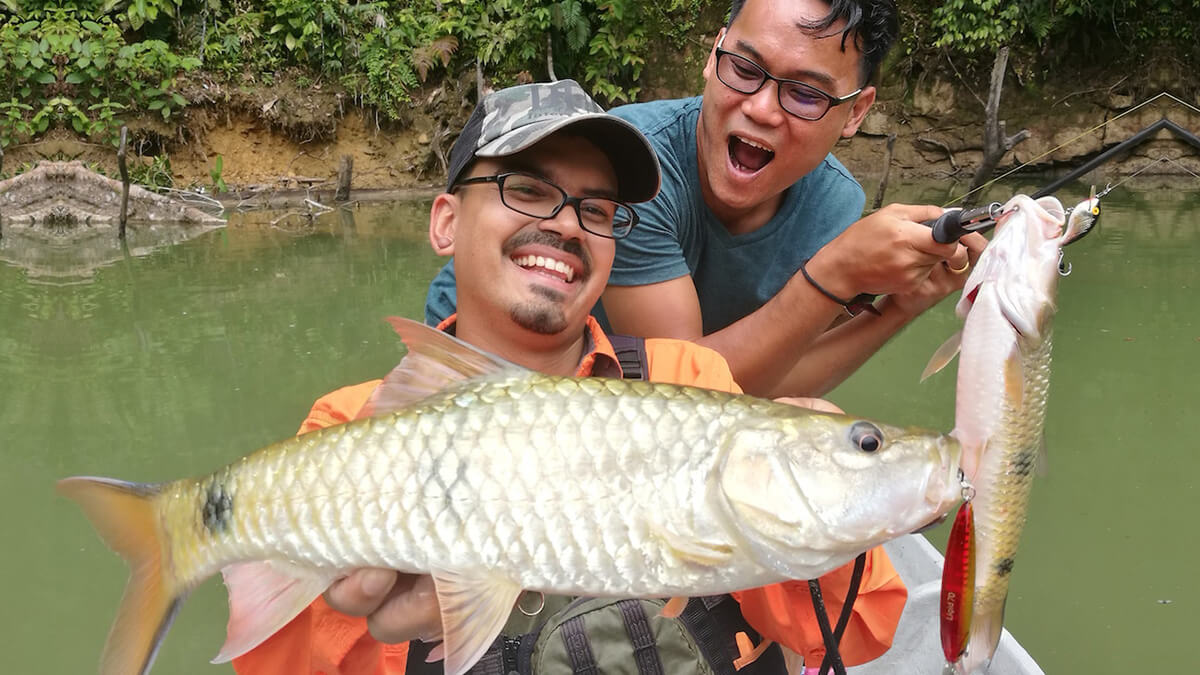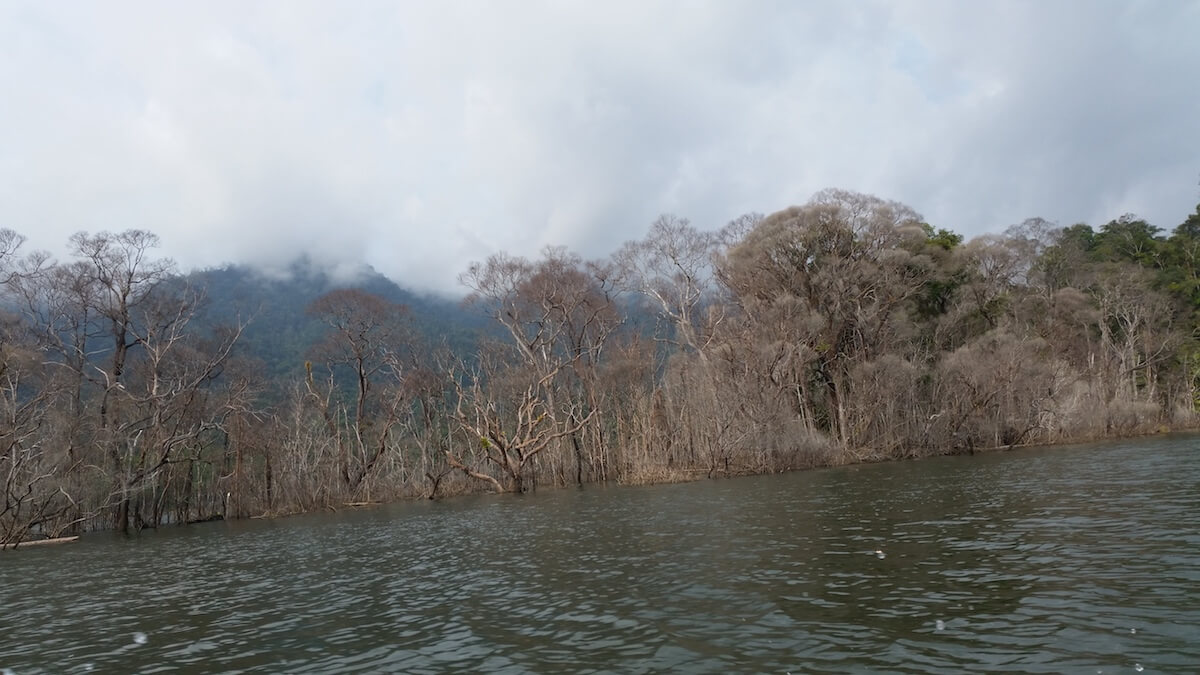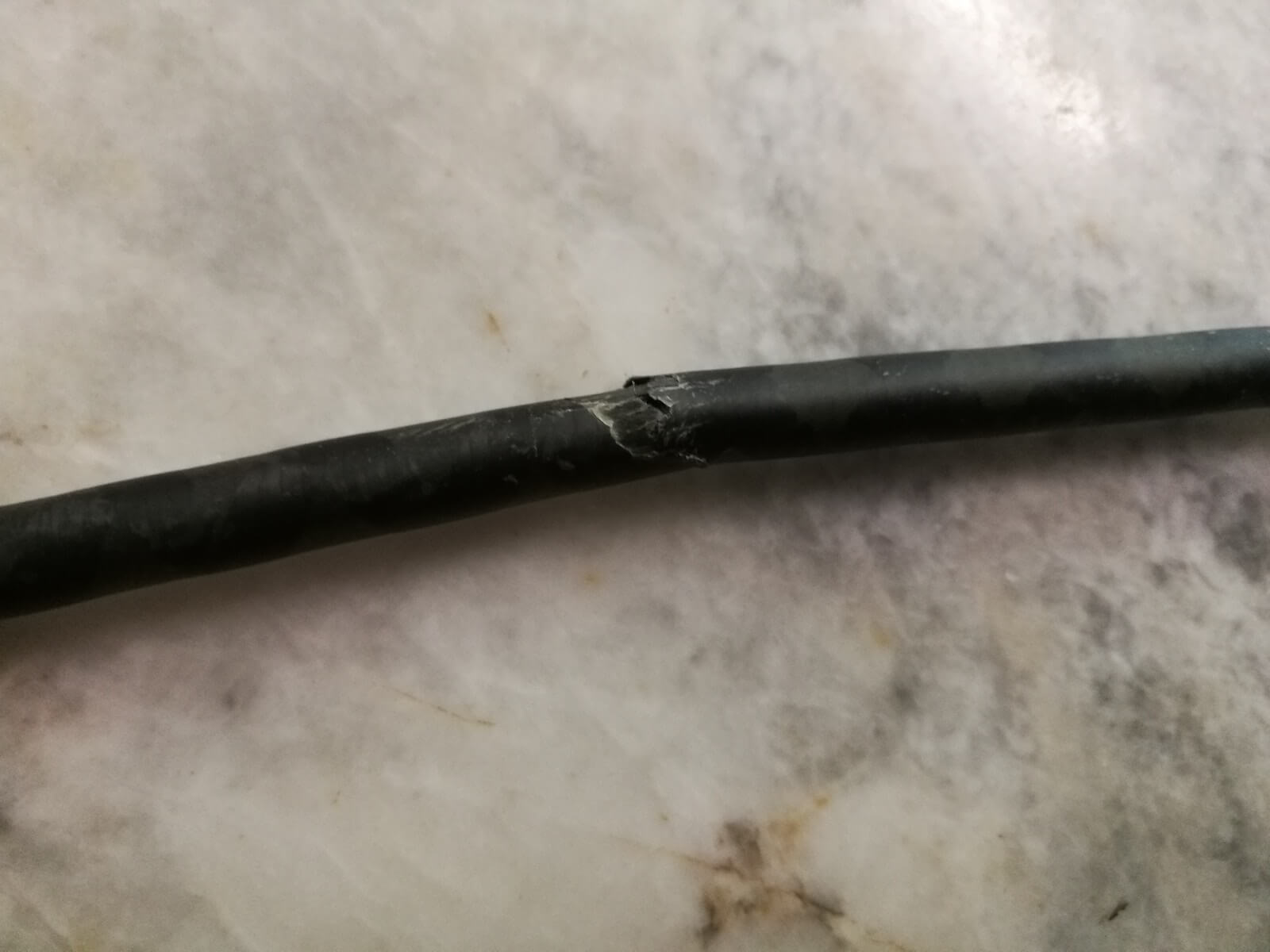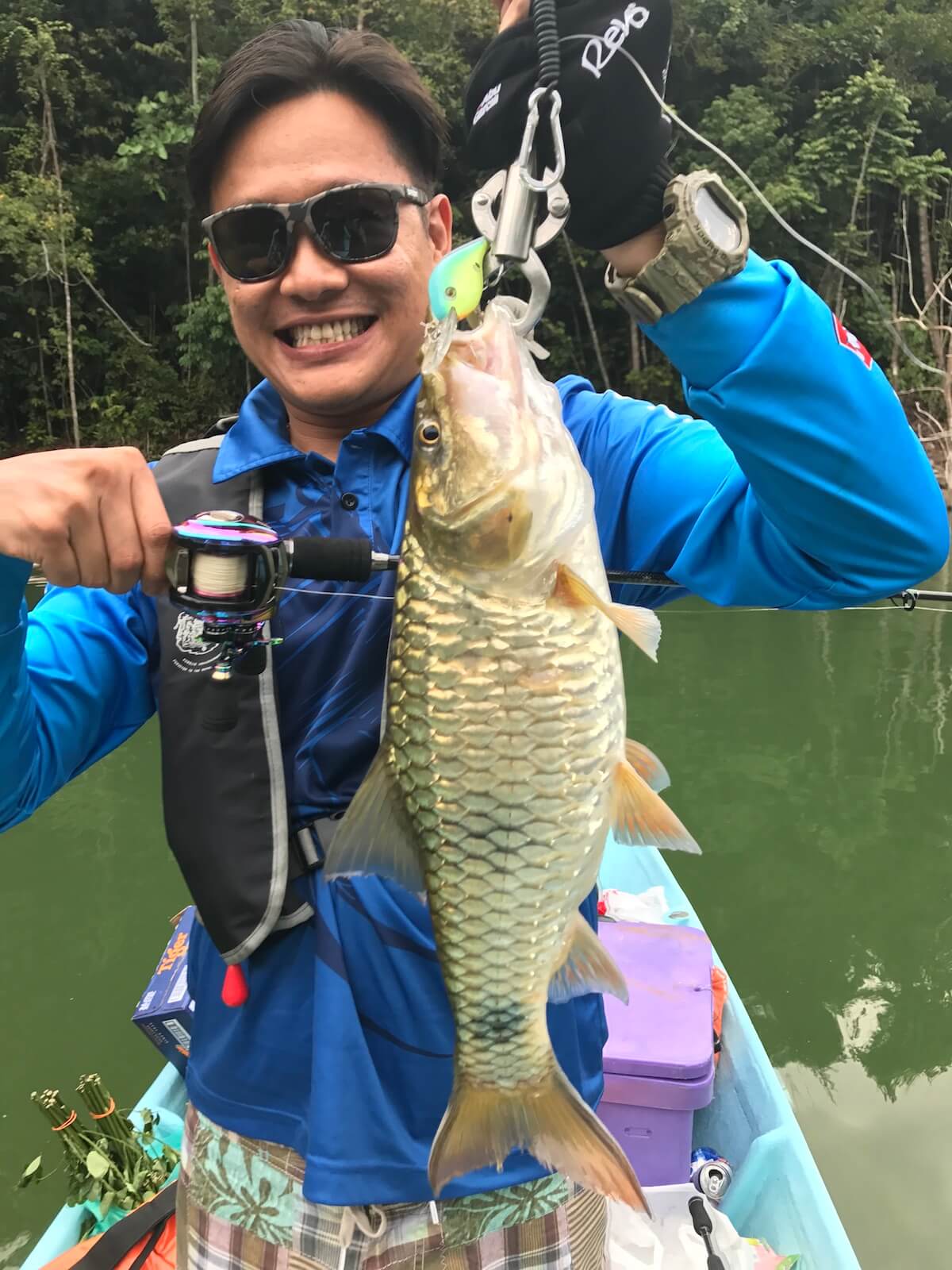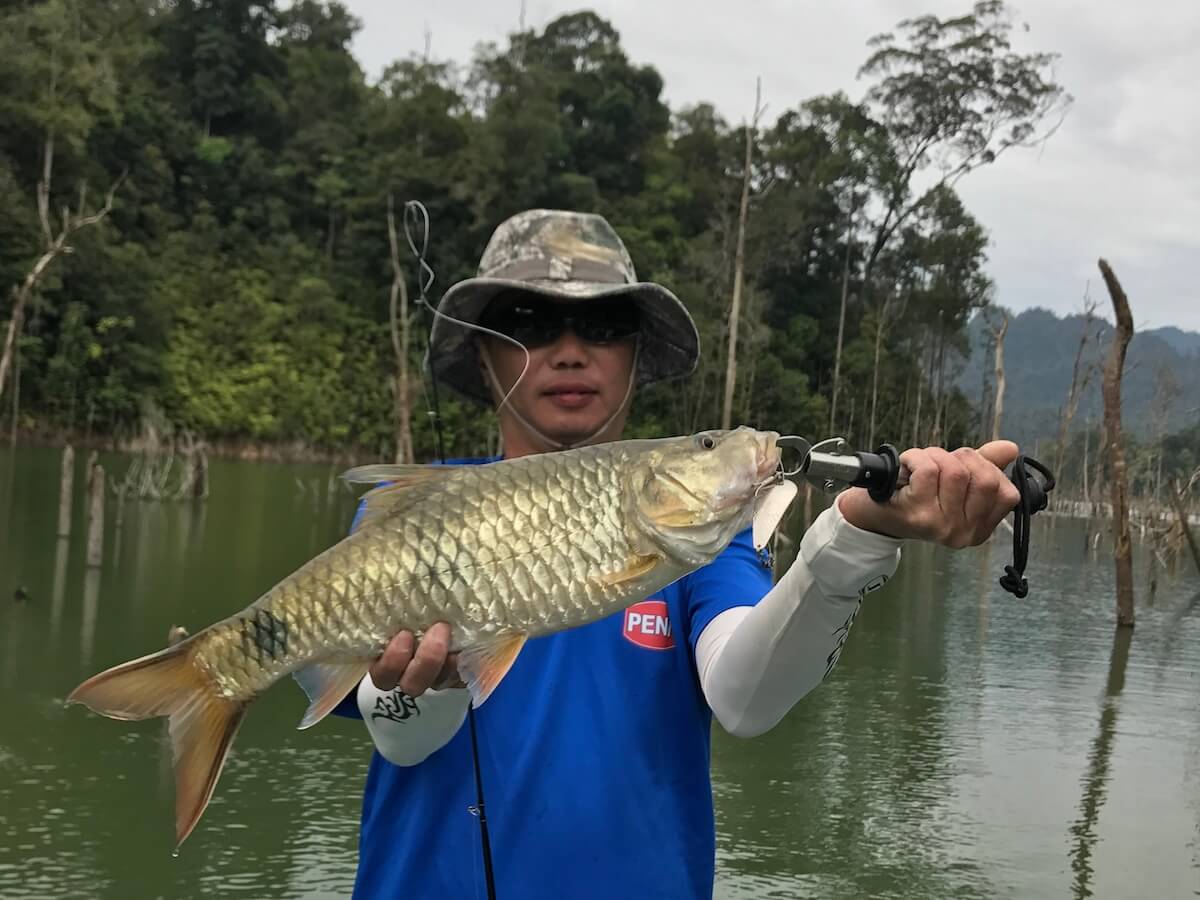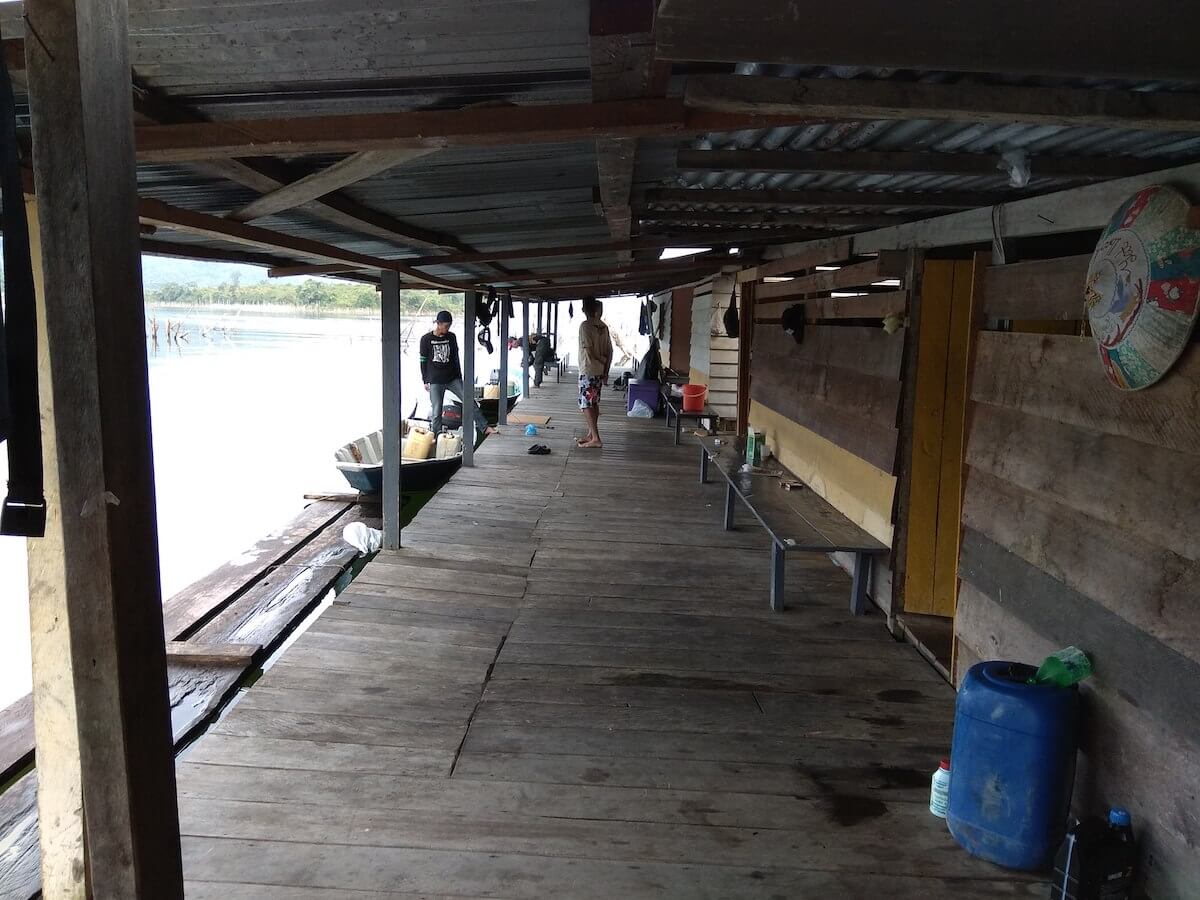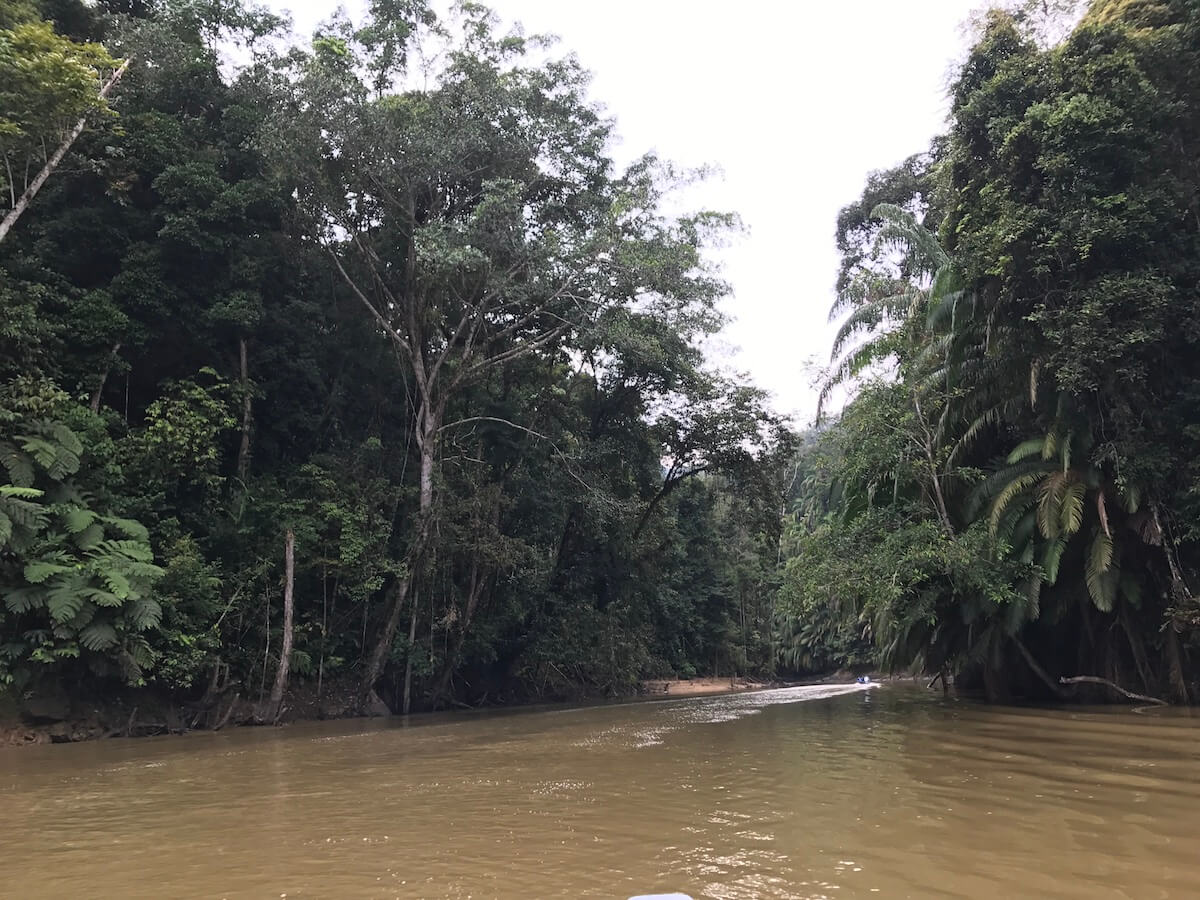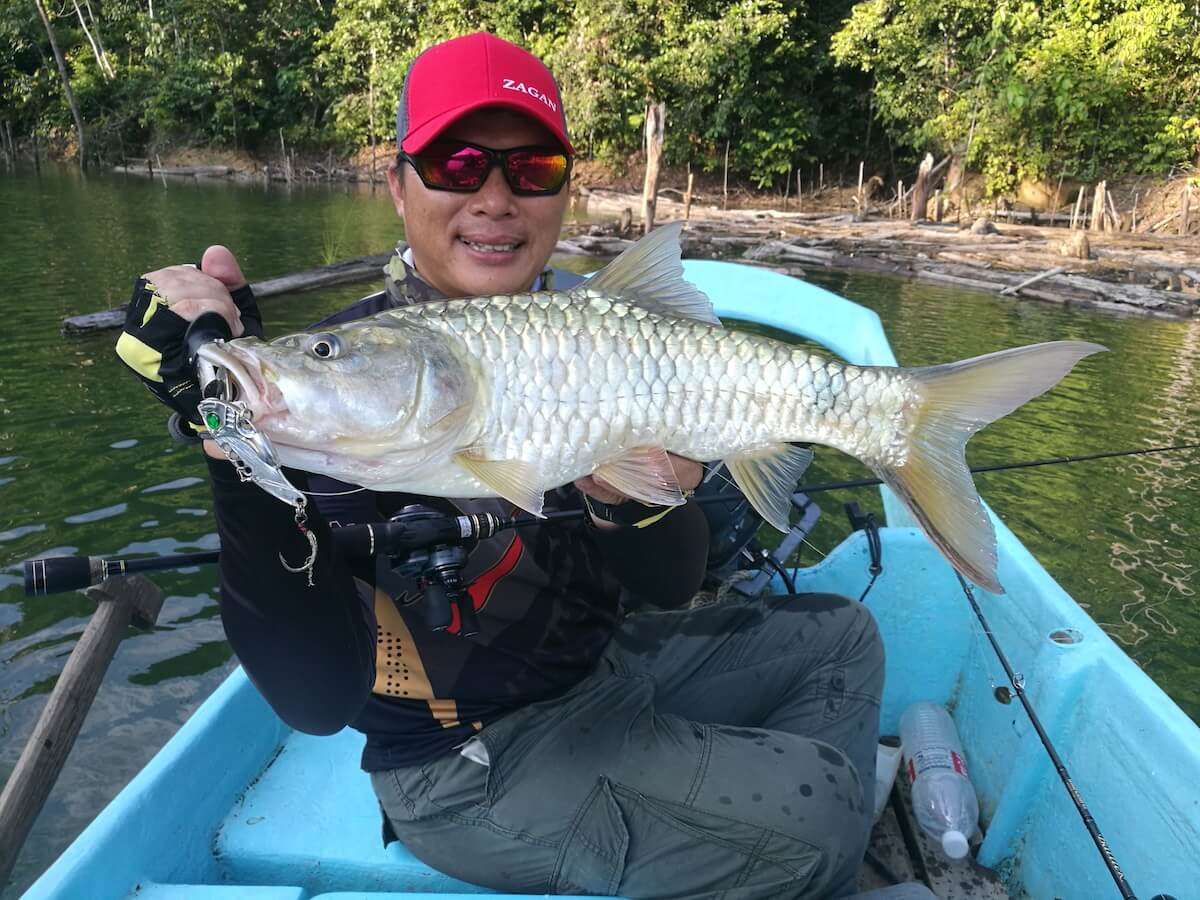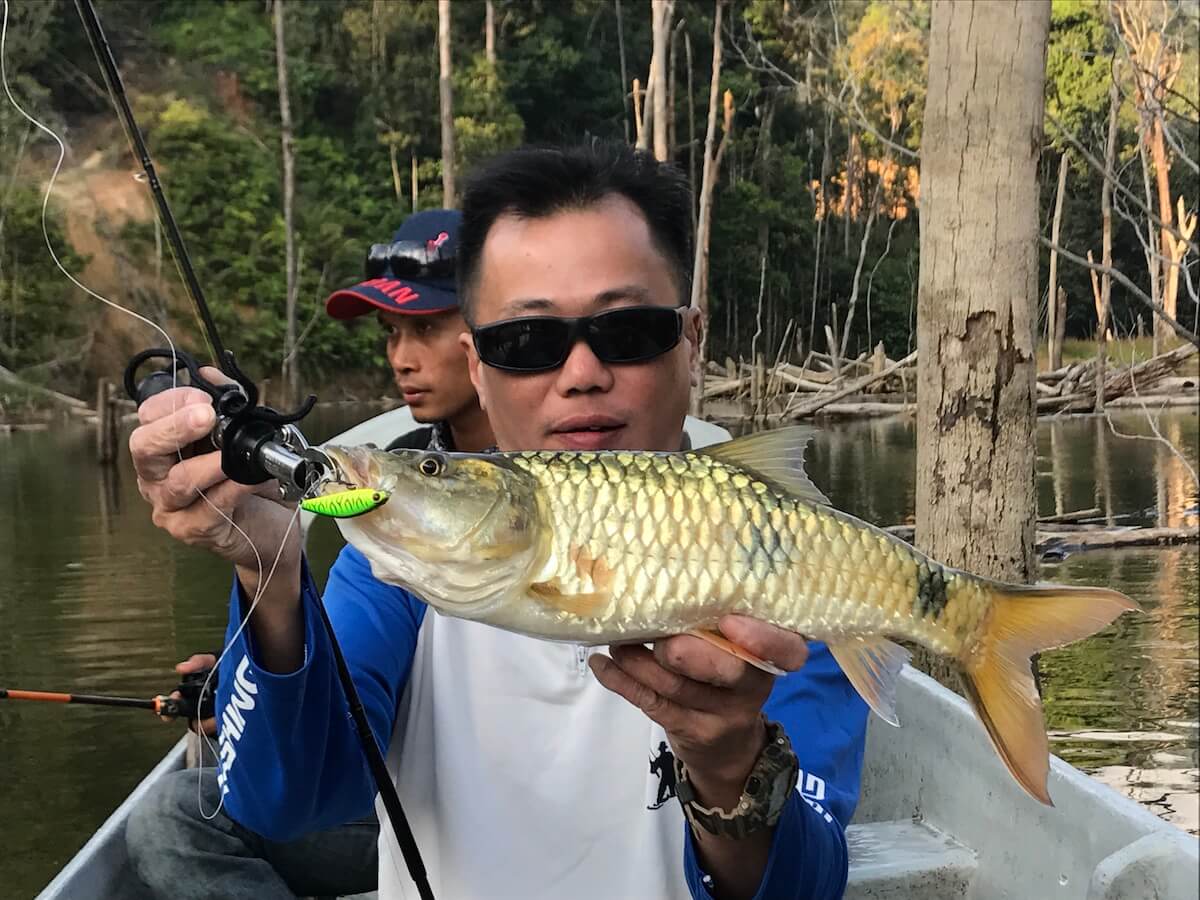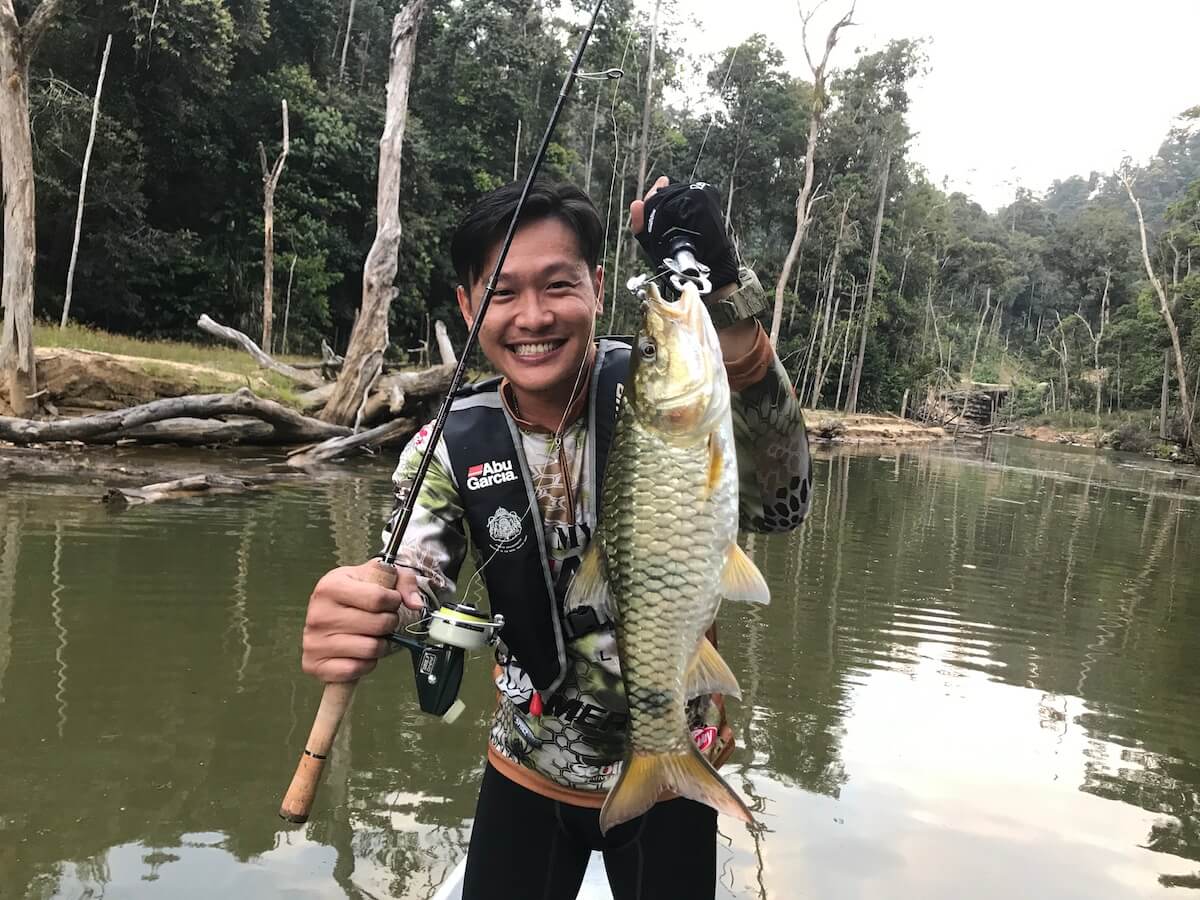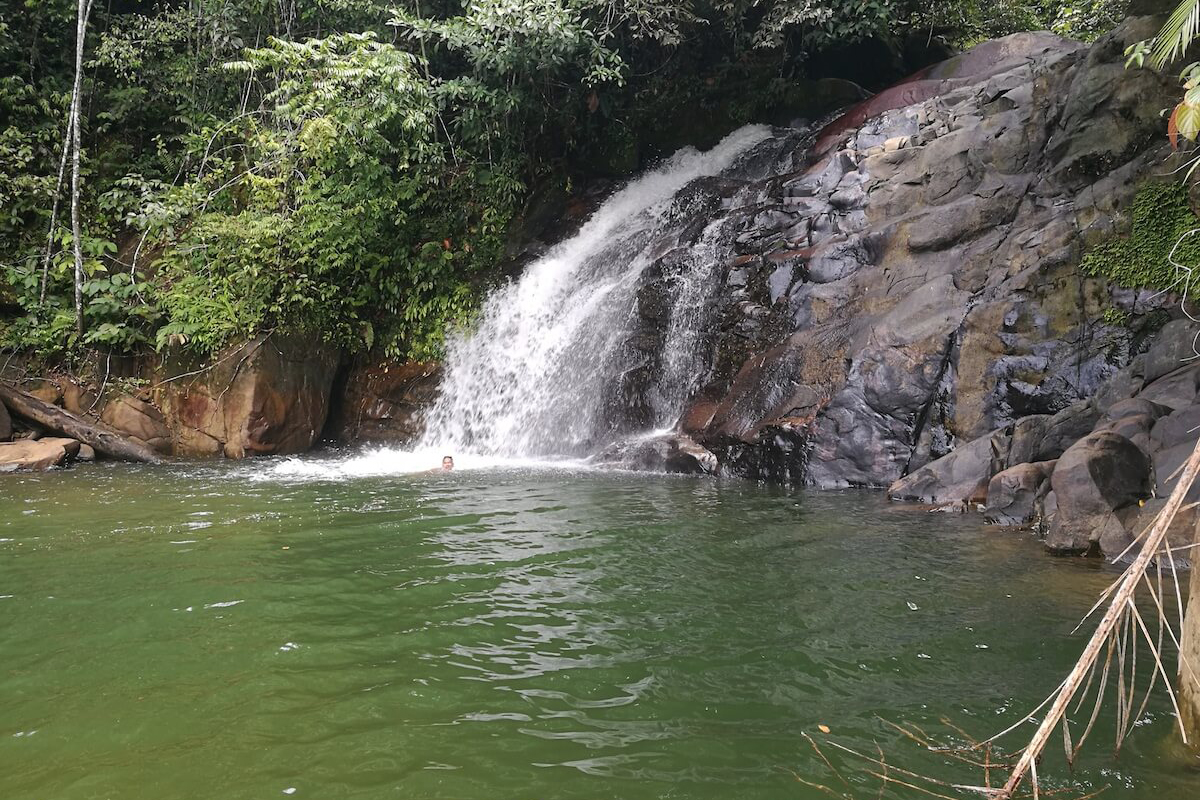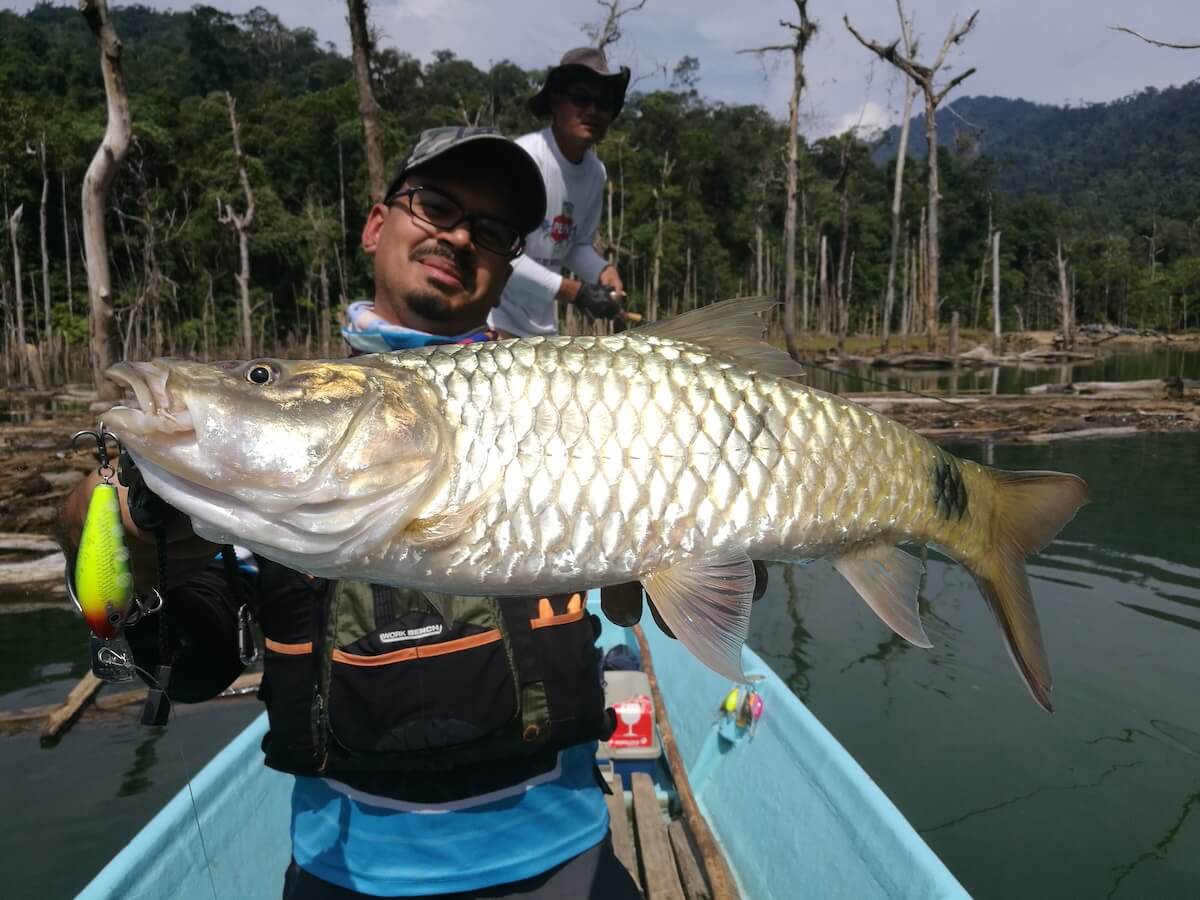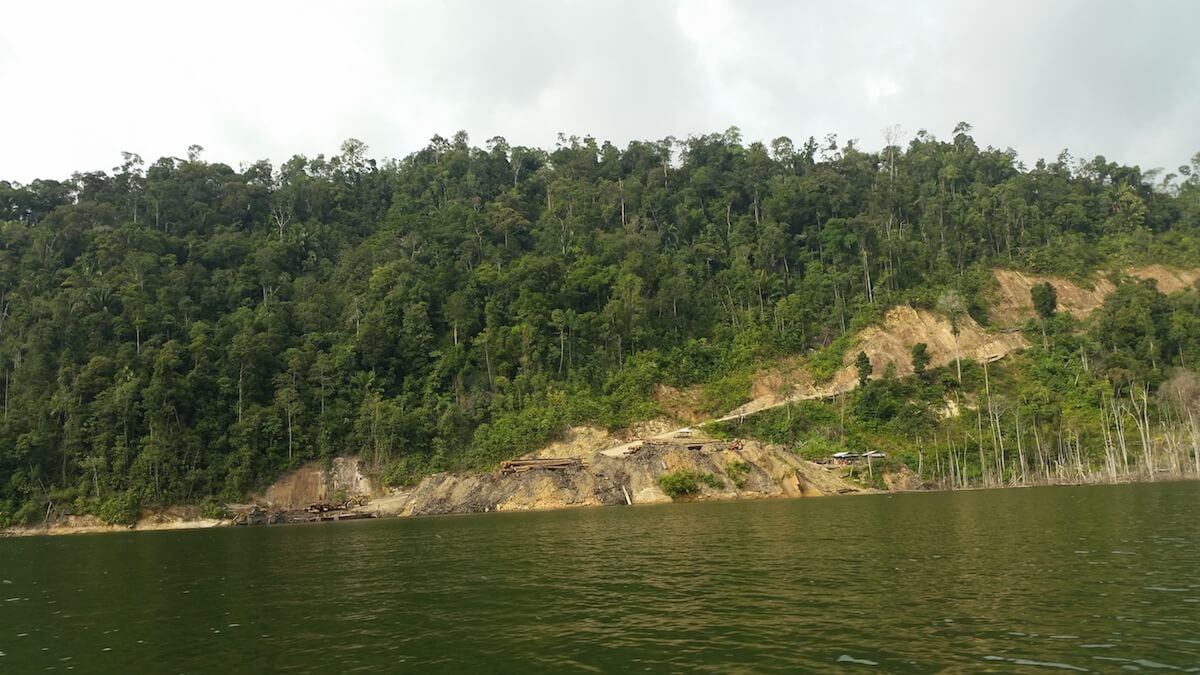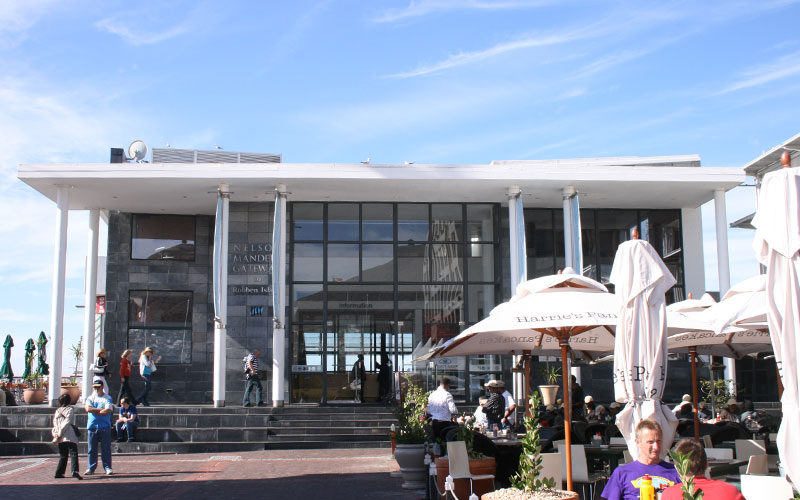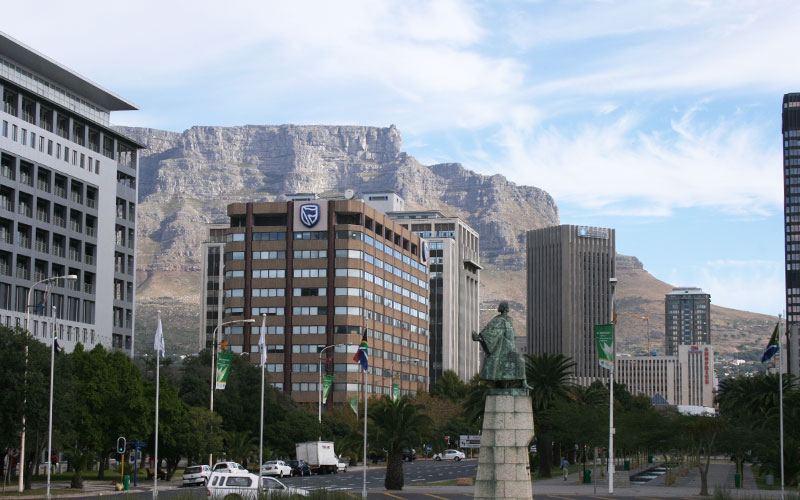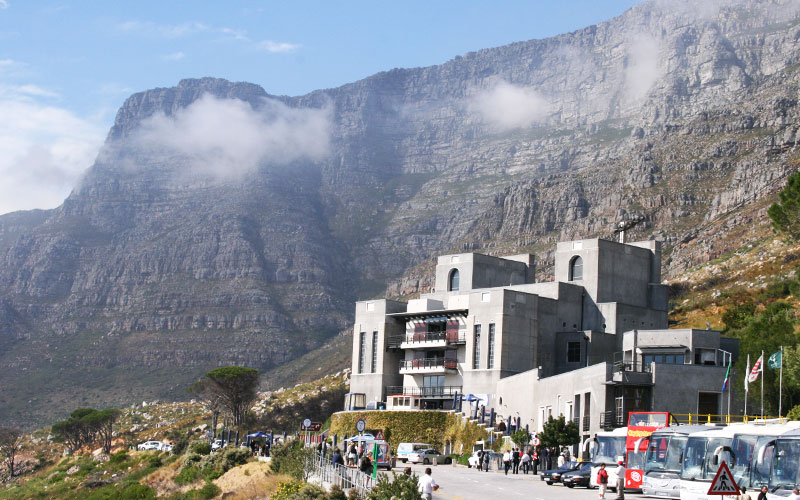KOMTAR Skywalk
New attraction – KOMTAR Skywalk – is the talk of the town for what it literally means, which is merely 500m away from the hotel. Get your adrenaline all pumped up at nearly 250m high up in the sky on a glass walkway! Perched on the 68th floor of KOMTAR, formerly the tallest building in Malaysia, KOMTAR Skywalk feasts your eyes with a sweeping view of Georgetown’s cityscape and its surroundings from seaside to Penang Hill. Feel free to soak up more “lofty air” at Sky Lounge on the 65th floor to make your KOMTAR trip extra special.
Penang House of Music
Another new attraction that pulls in crowd from all walks of life is the Penang House of Music. Traverse a time tunnel from the 1940s to 1970s to enrich your knowledge of the art scene and musical heritage of Penang. Seniman Agung Tan Sri P. Ramlee and Dato’ Dr. Ahmad Nawab are among the household names that make Penang proud. For the newer generations, this is possibly the best place to enlighten yourselves on Bangsawan, Boria, Ronggeng, Puppet theatre, Chinese Opera, Dondang Sayang, Pop Yeh Yeh, Talentimes and dance crazes of that era. The Radio Room exhibits are eye-poppers that give you an irresistible impulse to bring them all home! Well researched, archived and presented in an honest way to showcase a rich local history, Penang House of Music is strategically located at level 4 of KOMTAR, which is barely 700m away the hotel.
Get up close and personal
History and heritage tour of Penang is a must. With just about 750m away from the hotel, you will surely leave your footprints in the epicentre of Georgetown’s historic site, which is made up of The Waterfront, Cultural Enclave, Business District, Leisure Zone and Enterprise Zone. Padang Kota Lama, Fort Cornwallis and Penang Street Art are part of the attraction. Plenty of photo opportunities around here.
Experience a different art scene of Penang at the historical Hin Bus Depot, which is about 600m away. Make your Penang trip wholesome with a visit to Chinatown, Little India, Chowrasta Market and Nagor Square, all within a 2-km reach.
Seaside thrills
For shopping within Georgetown, check out Prangin Mall, Gurney Paragon or Gurney Plaza. For atmospheric seaside F&B and sightseeing, chill yourself at Northam Beach Café and Gurney Drive.
Penang is packed with exciting events all year round. For February alone, there will be the Kek Lok Si Display of Lights (4 – 19 FEB 2019), Chinese New Year Celebration (5 – 6 FEB 2019), Penang Hot Air Ballon Fiesta 2019 (9 – 10 FEB 2019) and Hokkien New Year Celebration (12 FEB 2019). The Penang Tourism Calendar of Events is published here.
Choice of transport and street names to remember
Travelling around Penang is made easier with your preferred mode of transport, be it a rented car, SUV, van or bicycle. Remembering key street names such as Penang Road, Jalan Magazine, Jalan Dato Keramat, Jalan Macalister, Jalan Dr Lim Chwee Leong, Jalan Anson, Jalan Burma, Pengkalan Weld, Jalan Sultan Ahmad Shah and Gurney Drive will definitely make your trip more manageable. If you have the luxury of a local friend to show you around during your visit, that’s priceless!



















